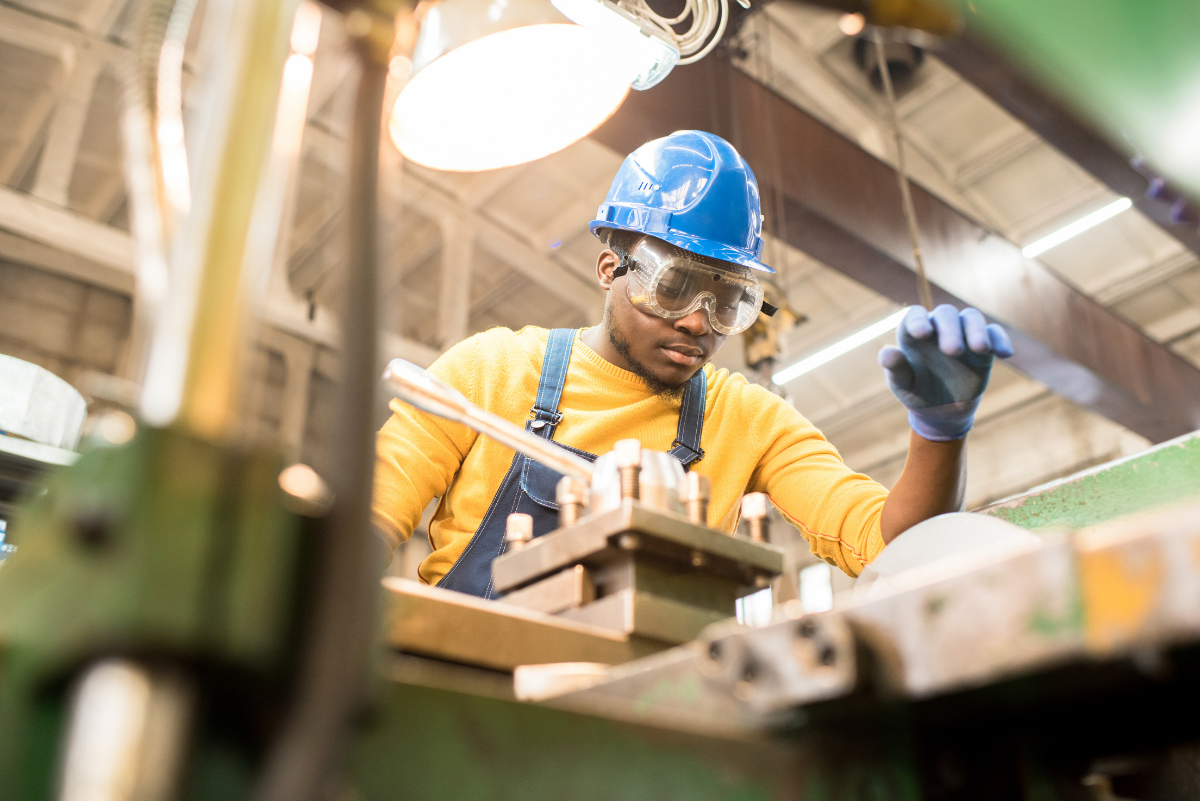
-
October 21, 2025
- 0 Comment
Transform Your Equipment Reliability: 10 Essential Steps for Success
Improving equipment reliability can seem like a lot at the outset. It requires a strategic combination of proactive maintenance, data-driven decision-making, and team collaboration. We’ve broken these down into 10 actionable steps to help your team make an immediate impact.
1. Leverage Predictive Maintenance
Instead of reacting to breakdowns, use condition monitoring tools to foresee failures before they happen. Instruments like vibration analysis, thermal imaging, and oil analysis can help reduce unexpected downtime. However, simply having the tools isn’t enough. If you ignore their warning signs, you’ll end up with a ‘run-to-failure’ approach. This defeats the purpose of your monitoring investment.
2. Focus on Critical Equipment
Not all equipment carries equal importance. Identify high-risk and high-impact assets and focus reliability efforts where they matter most. Performing a risk-based Criticality Analysis ensures a data-driven approach to risk reduction and prioritization.
3. Standardize Maintenance Processes and Procedures
Establish clear, repeatable workflows and provide training on standardized processes. Consistency helps prevent errors and extends equipment life. This is a great opportunity to reinforce technical standards by empowering technicians to apply technical precision rather than relying on subjective measures.
4. Leverage a CMMS (Computerized Maintenance Management System)
If you don’t already use a CMMS, implementing one can help track failures, schedule preventive maintenance, and analyze historical trends to make informed decisions. In the same way you wouldn’t drive a pricey car blindfolded, running a multimillion-dollar plant without proper data is unwise. Keep in mind, a CMMS alone isn’t the solution. But its insights are invaluable for identifying root causes and optimizing reliability strategies, and understanding the total cost of ownership.
5. Commit to Performing Root Cause Analyses
Instead of addressing symptoms, dive deeper into their underlying causes. Using methods like Fishbone Diagrams, Logic Models, or Failure Mode and Effects Analysis (FMEA) is a great place to start. A repair might fix the immediate issue, but understanding why the failure occurred improves your team’s understanding of the equipment and minimizes the likelihood of a recurrence. If you don’t have an RCA tool, check out the BIRCH module of our MADERA software. Your team can create RCAs and Action Plans based on specific downtime events. Click here to learn more!
6. Optimize Spare Parts Inventory
Stocking the right spare parts minimizes downtime and helps prevent reactive fixes. Use CMMS data to track usage patterns and make sure critical and high-use components are readily available. This will help cut unnecessary delays.
7. Strengthen Communication & Collaboration
Encourage technicians to report defects well ahead of failure. And ensure operators know how to identify potential defects, not just react to immediate failures. A strong culture of shared responsibility leads to a more reliable plant!
8. Track and Analyze Key Metrics
Monitoring Mean Time Between Failures (MTBF) and Mean Time to Repair (MTTR) helps pinpoint areas for improvement and provides measurable goals beyond general statements like “reduce downtime.” Clear metrics allow leadership to set precise objectives. (ex. Reducing machine “X” failures from five per quarter to three per quarter or cutting machine “Y” repair times by 45 minutes.)
9. Engage in Quick Wins
Simple, high-impact solutions can prevent costly failures. This could be improving lubrication practices, tightening connections, or eliminating inefficiencies. Investing a modest amount upfront, rather than waiting for ten times the expense in a downtime event, will strengthen long-term reliability and reduce overall costs.
10. Build a Reliability-Centered Culture
Encourage a proactive mindset toward maintenance and reliability. This means making sure team members take ownership of equipment care. Recognizing their contributions fosters engagement and continuous improvement.
How OSORNO Can Help
If your organization is looking for expert guidance, technology solutions, and proven strategies to enhance equipment reliability, we’re here to talk. Our tailored services and resources will optimize your processes and maintenance practices to elevate your operation!


